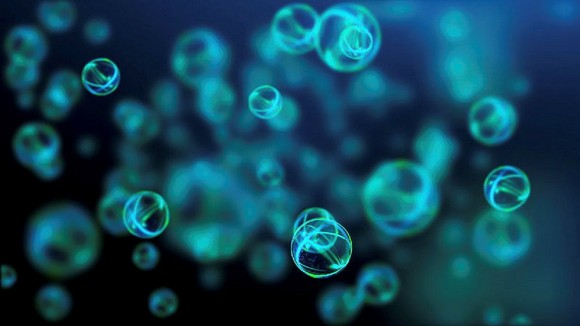Young Soo Joung, PhD, Sookmyung Women's University, South Korea
Young Soo Joung is an Associate professor in the Department of Mechanical Systems  Engineering at Sookmyung Women's University. His research primarily delves into the implications of particulate matter on environmental and public health, focusing on areas such as airborne disease transmission and microbial interactions with pollutants. One aspect of his work aims to unravel the complex behavior of particulates and their impact on human health and microbial lifespans. Furthermore, he is dedicated to understanding how novel materials can be utilized in environmental applications, particularly in purifying air and water. Dr. Joung has been an Editorial Board Member for Scientific Reports since 2023.
Engineering at Sookmyung Women's University. His research primarily delves into the implications of particulate matter on environmental and public health, focusing on areas such as airborne disease transmission and microbial interactions with pollutants. One aspect of his work aims to unravel the complex behavior of particulates and their impact on human health and microbial lifespans. Furthermore, he is dedicated to understanding how novel materials can be utilized in environmental applications, particularly in purifying air and water. Dr. Joung has been an Editorial Board Member for Scientific Reports since 2023.
Conghua Lu, PhD, Tianjin Chengjian University, China
Conghua Lu is a Professor at School of Materials Science and Engineering,  Tianjin Chengjian University. His research focuses on: (i) fabrication and application of microstructured functional surface; (ii) biomimetic synthesis and application of inorganic nanomaterials. Prof. Lu has been an Editorial Board Member for Scientific Reports since 2015.
Tianjin Chengjian University. His research focuses on: (i) fabrication and application of microstructured functional surface; (ii) biomimetic synthesis and application of inorganic nanomaterials. Prof. Lu has been an Editorial Board Member for Scientific Reports since 2015.
Erica Pensini, PhD, University of Guelph, Canada
Erica Pensini is an Associate Professor in the School of Engineering at the University of Guelph.  The Pensini lab mainly focuses on water treatment and soil remediation. Recently, Dr. Pensini has been developing low energy methods to separate miscible pollutants from water, using amphiphiles. Dr. Pensini has been an Editorial Board Member for Scientific Reports since 2022.
The Pensini lab mainly focuses on water treatment and soil remediation. Recently, Dr. Pensini has been developing low energy methods to separate miscible pollutants from water, using amphiphiles. Dr. Pensini has been an Editorial Board Member for Scientific Reports since 2022.
Jae Bem You, PhD, Kyungpook National University, South Korea
Jae Bem You is an Assistant Professor at the Department of Chemical Engineering, Kyungpook National  University. His major research interests lie broadly on the synergy between interfacial phenomena, surface engineering and microfluidics for applications towards energy and environment. Prof. You has been an Editorial Board Member for Scientific Reports since 2022.
University. His major research interests lie broadly on the synergy between interfacial phenomena, surface engineering and microfluidics for applications towards energy and environment. Prof. You has been an Editorial Board Member for Scientific Reports since 2022.

